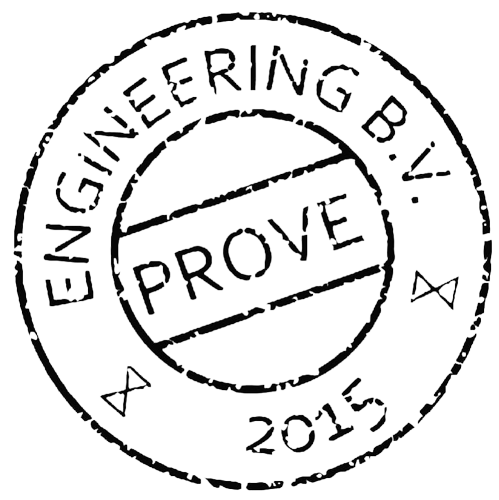Whether it is a small pump skid or a complete factory, the design principles and structure always remain the same when we tackle a project at Prove.
It always starts with a User Requirements Specification (URS), which is crucial as it outlines precisely what the process needs to achieve to satisfy user needs. It serves as a blueprint for development, ensuring alignment between stakeholders and us engineers, ultimately leading to the creation of a successful and effective solution.
Next up: A Process description. It is vital during process design as it provides a clear understanding of the process and aids in optimizing the process flow. It serves as a foundation for refining and improving the process.
The process is then visualized in a Process Flow Diagram (PFD). A visual representation of the steps involved in the process, showing equipment, streams, and their interactions. It simplifies complex processes, aiding in understanding, communication, and optimization and crucial for the design phase.
The following Mass & Energy balance accounts for the quantities of substances entering and leaving a system, as well as the energy changes within it. For the sizing of equipment it is a vital step.
The equipment, with the estimated sizes, will then be positioned inside the lay-out if the new or existing factory to see if it actually fits. Taking into account operability and maintainability.
The PFD’s will be transferred into Process & Instrumentation Diagrams (P&ID’s). Instrumentation, (control) valves, process connections, utility connections will all be added to complete the process.
Using information from the M&E Balance and the P&ID’s, the process and utility lines will be sized by making hydraulic calculations. These will determine the flow rates, pressures, and pipe sizes necessary for fluid transportation within the system. They ensure proper fluid handling, prevent equipment damage, and maintain process efficiency.
The outcome of all this work will be a process design that is fit for purpose including a complete shopping list in the form of a valve, instrumentation and line list.

